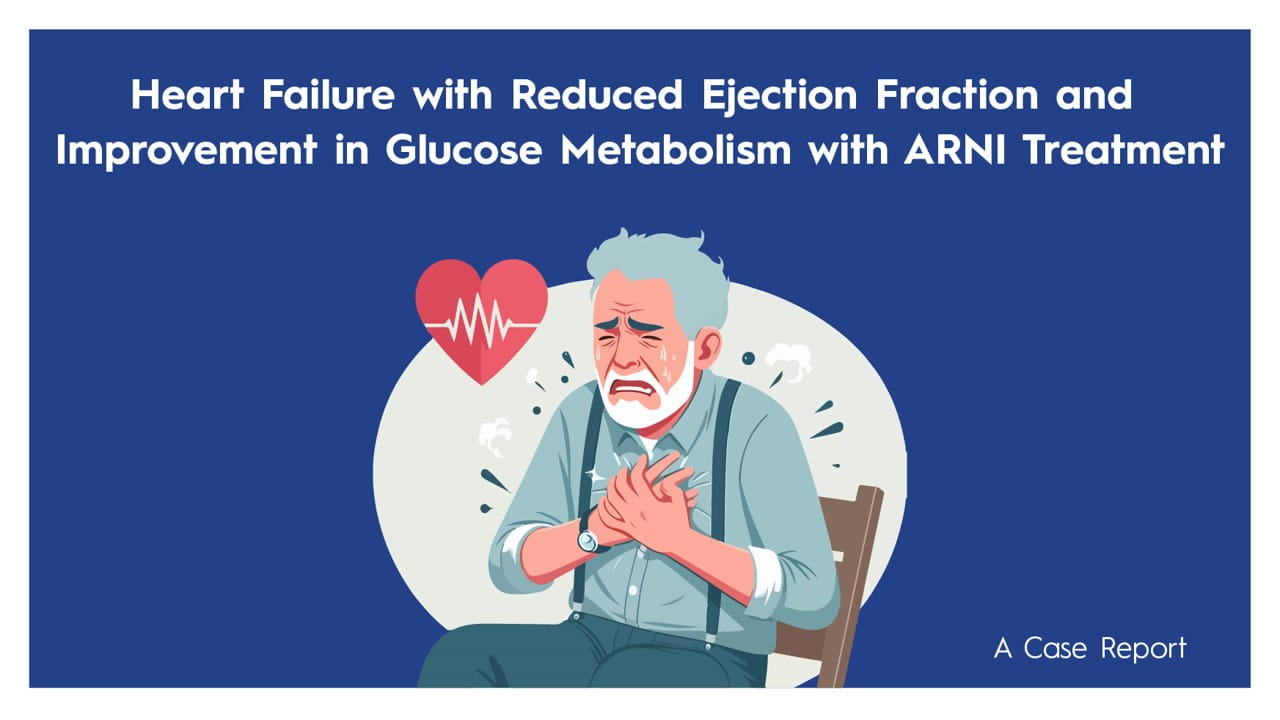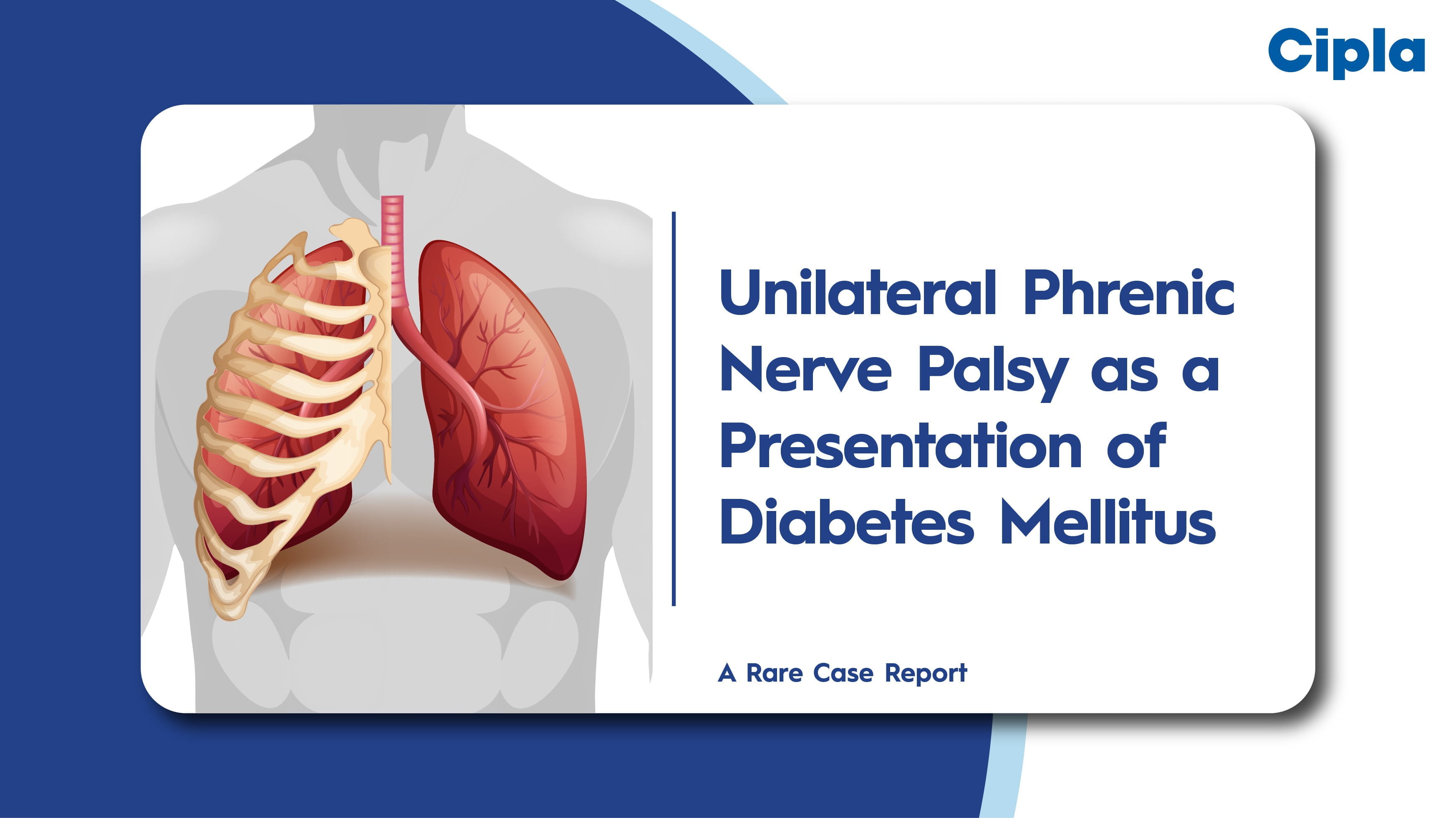Conference Highlights
ADA 2025: 1397-P: Real-World Evidence on the Legacy Effect of Early vs. Late Glycaemic Reduction and All-Cause Mortality in Newly Diagnosed Type 2 Diabetes
Introduction:
Although clinical trials have shown legacy effects of glycaemic control in diabetes, real-world data on historical glycaemic exposure and survival remain limited. This study assessed the impact of historical HbA1c levels on all-cause mortality in newly diagnosed type 2 diabetes (T2D) patients.
Methods:
- Design: Retrospective cohort (2000–2019)
- Population: 52,404 newly diagnosed T2D patients in Hong Kong
- Mean age: 58 ± 11 years
- 46% female
- Mean baseline HbA1c: 9.0% ± 2.5%
- Analysis:
- 10-year mortality hazard functions
- Weighted cumulative exposure model adjusting for confounders
Results:
Follow-up:
- Median: 6.3 years
- Deaths: 2,918
Key findings:
- Sustained 1% HbA1c reduction over 10 years → 25% lower mortality risk (HR=0.75, 95% CI: 0.70-0.79)
- Delaying HbA1c reduction to 5 years post-diagnosis → only 7% lower risk (HR=0.93, 0.87-0.99)
- Critical time windows for achieving 1% HbA1c reduction:
- Years 1–2: 14% reduction (HR=0.86, 0.84-0.88)
- Years 3–4: 3% reduction (HR=0.97, 0.94-0.98)
- Years 5–6: 1% reduction (HR=0.99, 0.97-1.01)
- Years 7–8: 3% reduction (HR=0.97, 0.95-0.99)
- Years 9–10: 6% reduction (HR=0.94, 0.90-0.96)
Conclusion:
Both early and recent glycaemic exposures significantly influenced mortality risk in newly diagnosed T2D patients. The first 2 years post-diagnosis were critical, where at least a 1% HbA1c reduction yielded a 14% reduction in 10-year mortality. Intensive glycaemic control from diagnosis maximizes survival benefits.
ADA 2025, 20-23 June, Chicago
Latest News
30 Jun, 25
30 Jun, 25
Other Conference Highlights
20 Jun - 23 Jun, 25
ADA 2025
Chicago
20 Jun - 23 Jun, 25
ADA 2025
Chicago
20 Jun - 23 Jun, 25
ADA 2025
Chicago
20 Jun - 23 Jun, 25
ADA 2025
Chicago




